What is a front-end developer, and what has he got to offer?
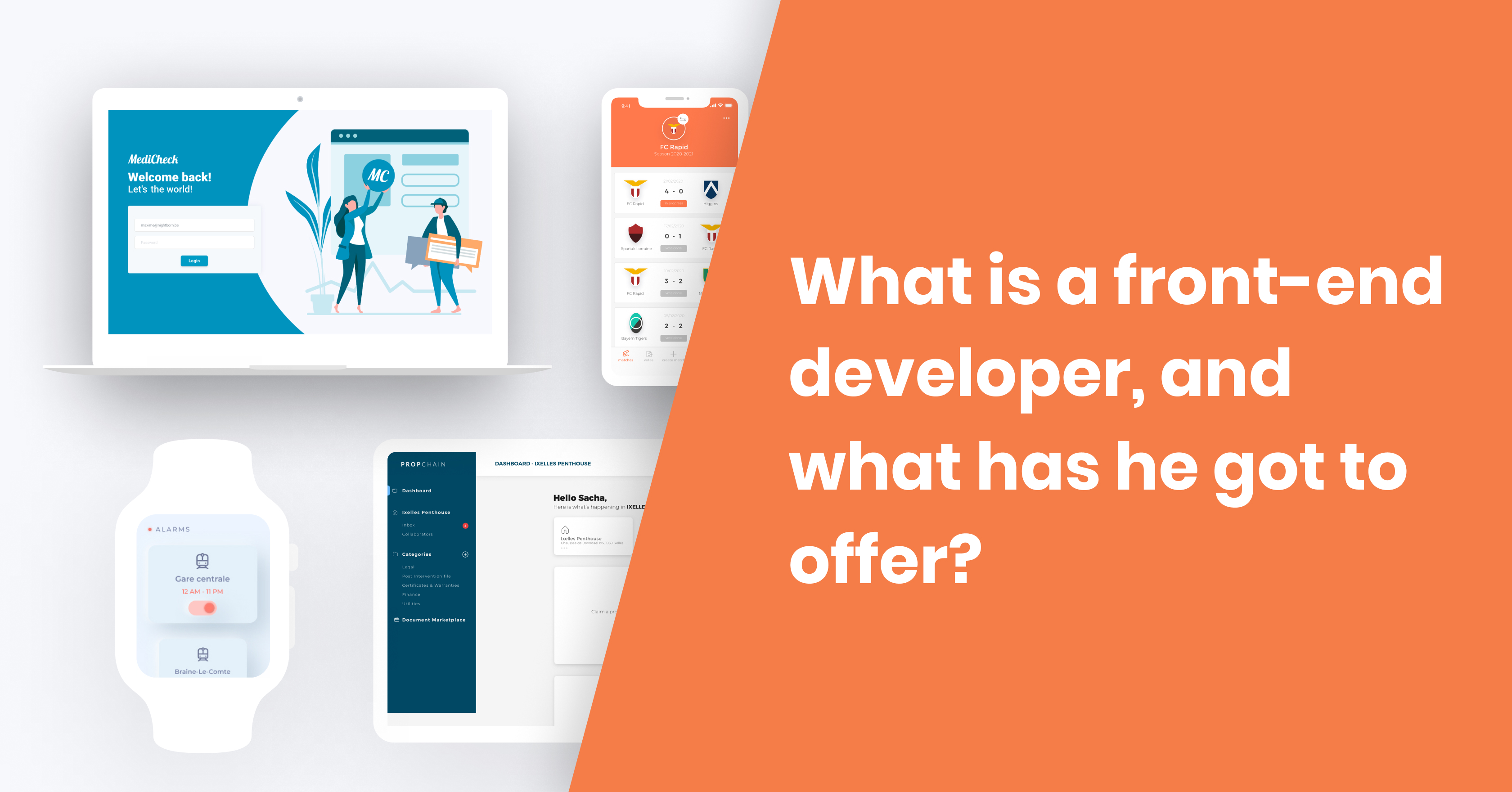
We're living in a web-based world where the front-end developer enters into the spotlight. Users genuinely perceive their creations and communicate with them through an immense integration of web applications and frameworks. Users will click on the buttons and view the layout, test the usability, and observe animations. Any adjustments will impact the navigation of the user and will affect the conversion rate of a website or blog instantly. Front-end developers (as well as designers) can turn visitors into clients by creating a simple interface with easy assimilation to use.
If there’s one thing that all front-end developers have to have, it’s excellent problem-solving skills. From figuring out how to best implement a design to fixing bugs that crop up, to figuring out how to make your front-end code work with the back-end code being implemented. All those emerging services are contributing to a massive demand for this to be handled by newly qualified developers.
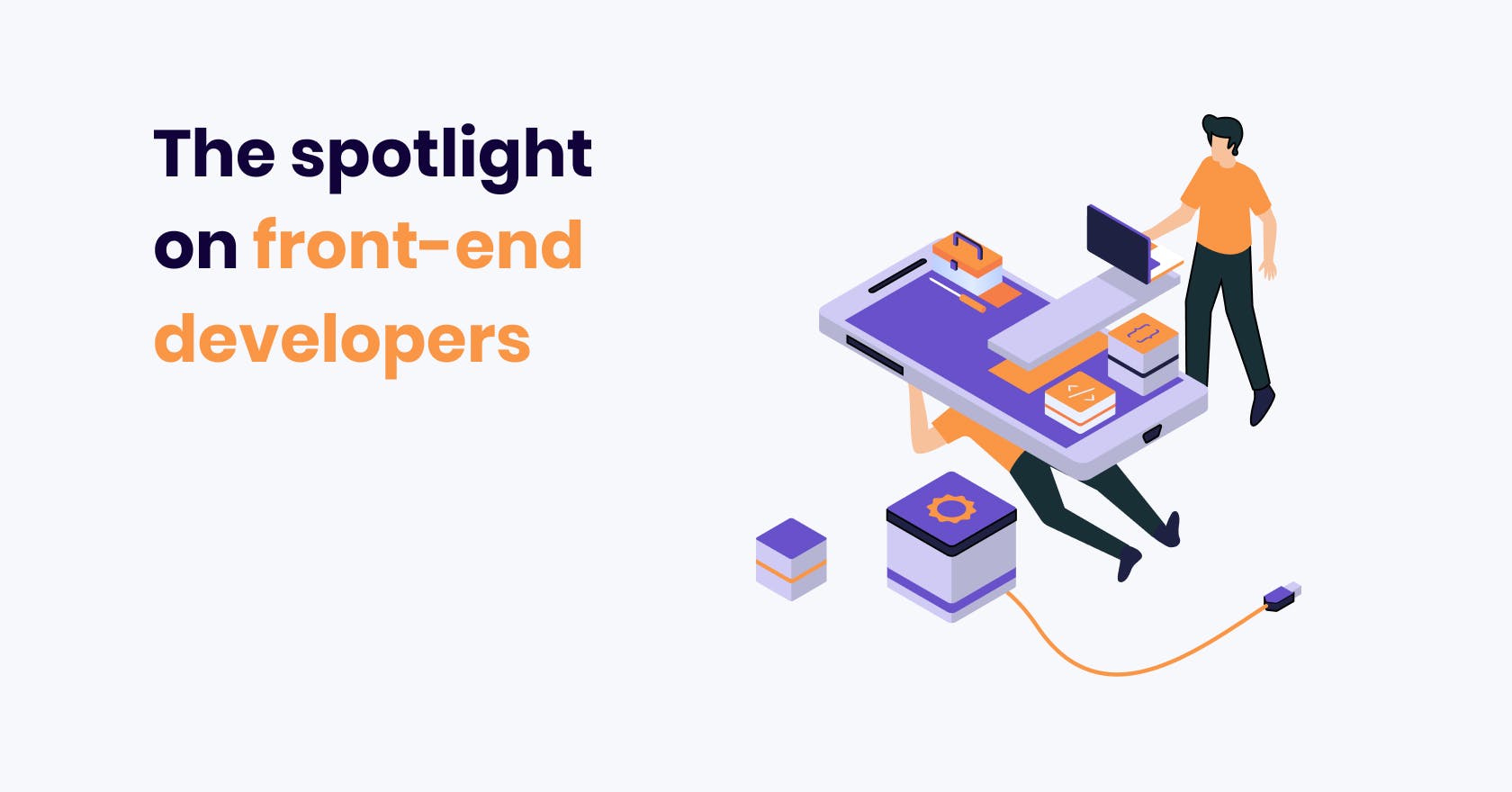
A book is judged by its cover
Front-end development of a web- or mobile application handles everything that users visually see. For customers, the app or web page is generally the first impression as well as its first interaction with the company. This needs to be taken into account by the front-end developers for a solid front-end development strategy.
This means that appearance alone is not enough. The (web) app should attract a specific type of customer the company wishes and offer exactly what they need right away. Most businesses don’t give priority to front-end performance. But, much as a first meeting conveys a personality, the app or website represents the business profile.
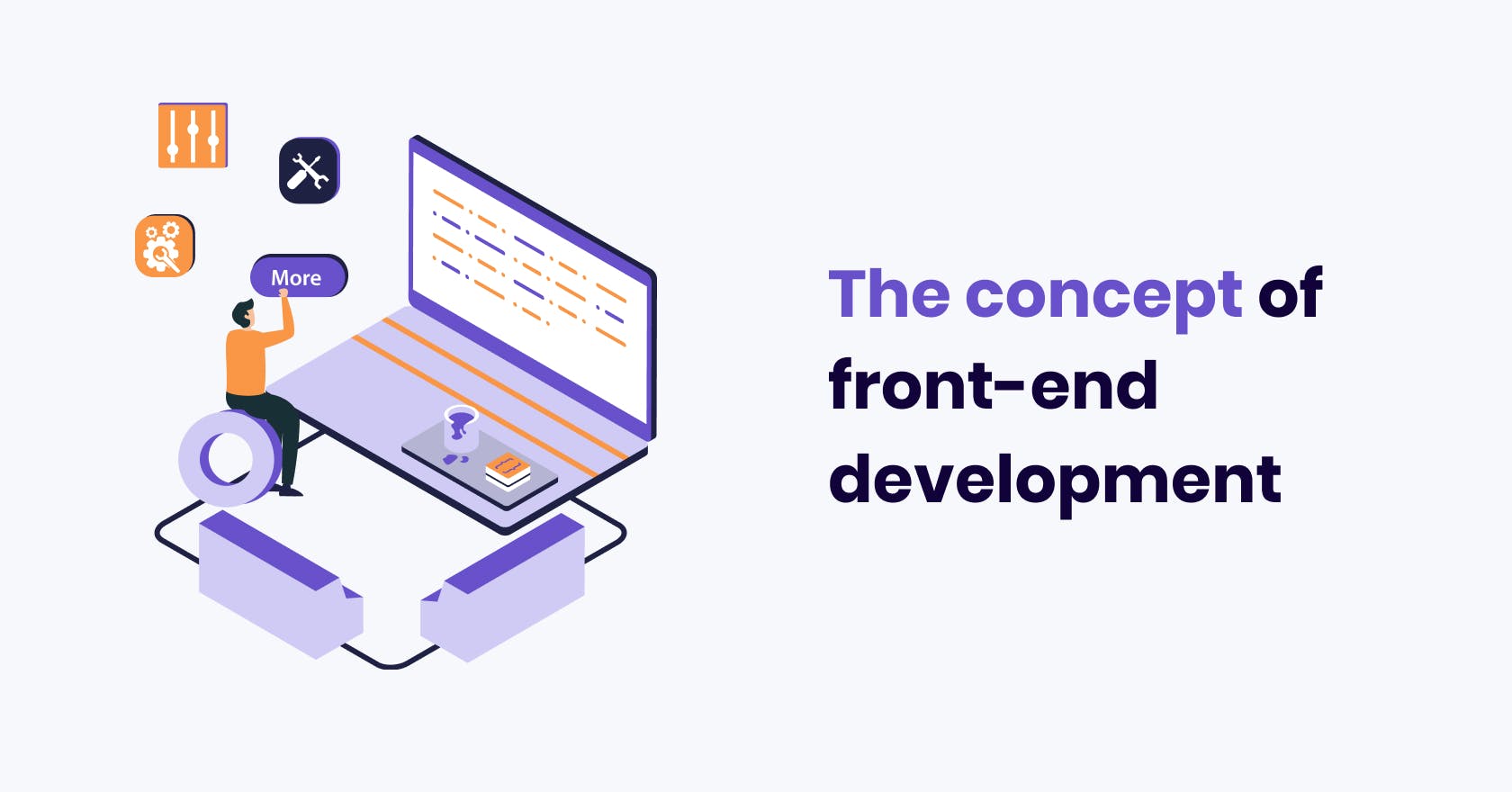
The concept of front-end development
Front-end developers will be involved in analyzing code, design, and debugging applications along with ensuring a flawless user experience (UX). As well as ensuring that the layout appears as it's intended to across various platforms and browsers. Their “client-side" code runs inside the user’s web browser as opposed to a back-end developer, whose code runs on the webserver. At Nightborn we opt for Server-Side Rendering (SSR) because we’re using mainly Javascript to render the app. Because the ability of the different browsers to read Javascript is not the same and this could impact the final product.
“The back-end developer is like the engineer who designs and creates the systems that make a city work, while the front-end developer is the one who lays out the streets and makes sure everything is connected properly so people can live their lives”.
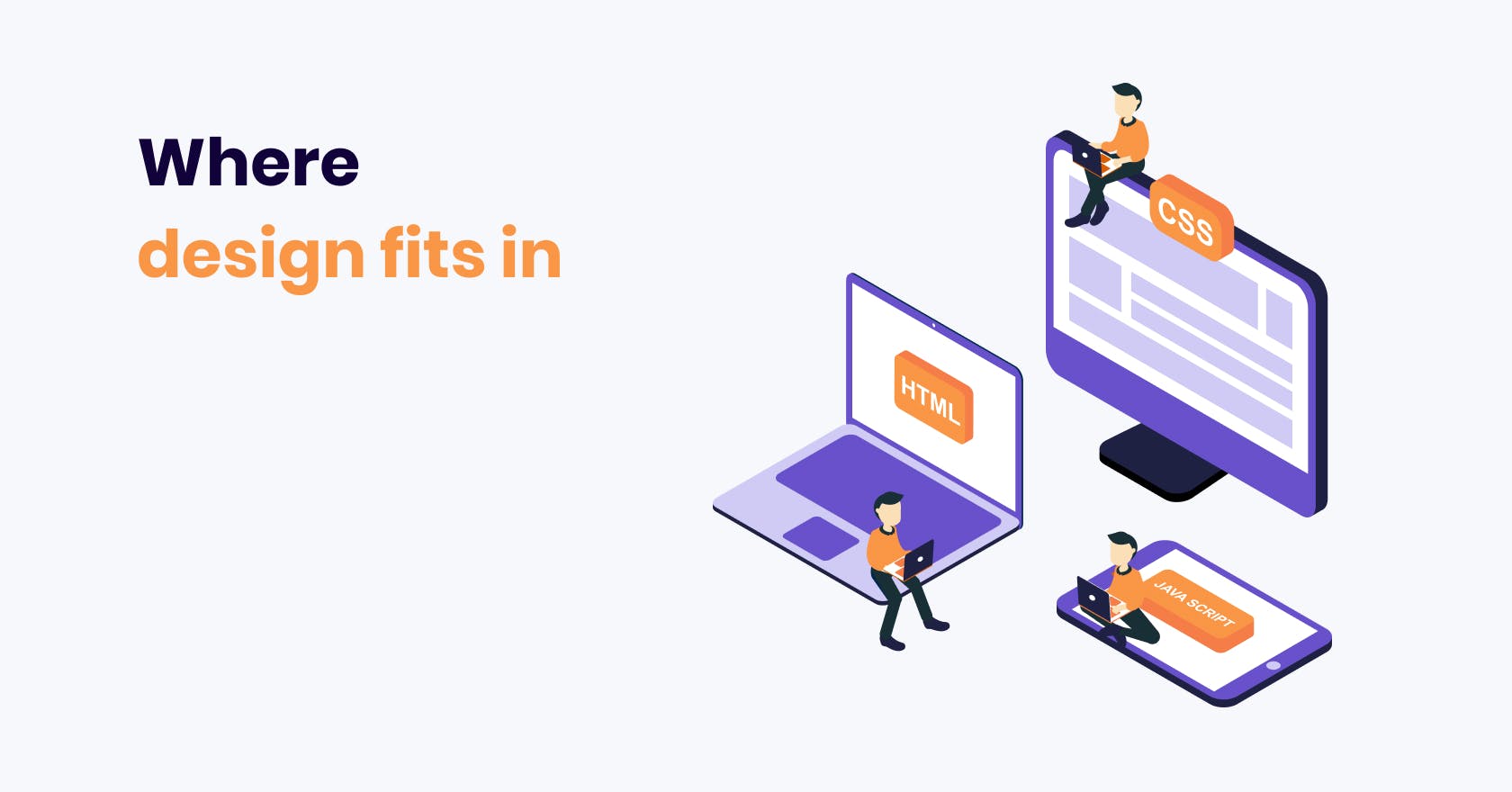
Where design fits in
As stated, to be a successful developer, you must have a good design sense, a good knowledge about projects' architecture, infrastructure, and design patterns. Unlike Nightborn (pat on the shoulder 😉), not everybody has complete wireframes or prototypes of what a particular page may look like for a multitude of devices. As a result, the front-end developer is often left to fill in the visual gaps.
💡 Want to learn more about prototyping and frameworks? Read 👉 Why is prototyping crucial for your digital product?
Front-end development and design have a relationship that is comparable to the relationship between back-end development and database schema architectures. Understanding design and how it impacts the user and their choices, gives a diversification of skills, beyond just knowing how to code effectively. In addition to this, understanding design can mean less reliance on bootstrapped libraries and solutions to create something that conforms with the expectation of good digital aesthetics.
💡 Want to learn more about how design can benefit your business? We covered it in one of our previous blogs. Check it out here 👉 Using design improves your business performance
While web design is the way the website looks, front-end development is how design is actually implemented. Typically, a rookie front-end developer learns HTML, CSS, and JavaScript, which runs on the open web browser. Eventually, They can apply what they've learned from web browser development to start coding for environments that aren't fueled by a browser engine.
Recently, development environments have been created that use web technologies to create native applications without the use of web engines. These open-source framework environments, such as Flutter & React Native deliver high-performance web and mobile applications. Some of the world's largest companies use React, including Netflix, Facebook, Airbnb, Reddit, and others. When it comes to building modern applications, React is typically combined with frameworks such as Next.js. With Next.js, the development of React apps is made simple, and in just a few clicks, you can get ready for deployment.
Front-end development is the materialization of digital design and the manifestation of business rules in a manner that elicits a desirable response from the user.
Don't break a customers trust
Customers are unlikely to return if they experience bad graphics, slow page loads, runtime errors, and other problems. In that case, a business loses money as well as the promise of loyalty when a customer’s trust is broken.
Creating a user experience does not fully support a business unless it also conveys the business’s purpose. When customers observe the design and graphics of an app or website, they should not be confused. Rather, they should instantly connect with it and know what they can use. UI & UX is very important for this remarkable customer experience. Because clear graphics support a company’s appearance where customers can expect good service. The wrong type of development not only creates an unattractive appearance but also drives away business.
Powerful branding
Effective mobile and web applications should focus on well-planned branding, based on business logos, products, and designs. In conveying branding to customers, front-end development is essential, because branding symbols and trademarks like colors and graphics easily help customers to associate a business' mobile app or website with their products. It makes these connections during online and offline shopping, helping consumers remain loyal to their favorite brands with simple recognition.
At Nightborn we work with a healthy interaction between the front-end developers and the design team. While the design team focuses their talent on the visual presentation, our front-end developers think about user experience as well as the visual presentation, but with the focus and perspective centered on the code itself. The core strength is in the code because the code creates what the brain wants to see.
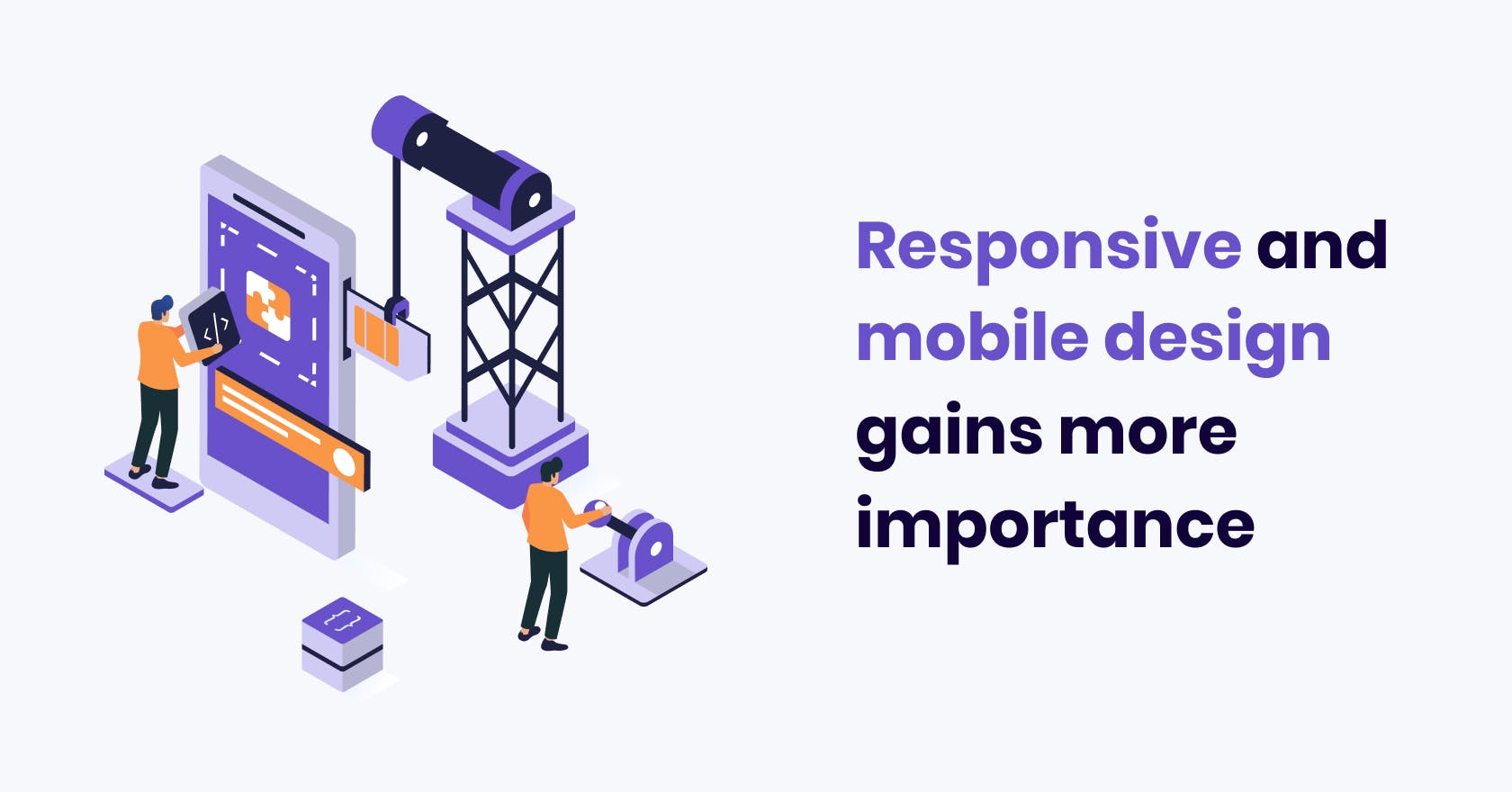
Responsive and mobile design gains more importance
On every web app or website, you can see the work of a front-end developer, even the way it looks different on your phone. Because these days, more people access the internet from their mobile device than from a desktop computer, so it’s no wonder that responsive and mobile design skills gain more and more importance.
Responsive design means that the layout (and sometimes functionality and content) changes based on the screen size and device someone is using. This is because the experience a company wants users to have when surfing on a desktop computer is entirely different than what they want them to see when visiting from their smartphone, and in those cases, it makes sense for the mobile site to be completely different.
At Nightborn, our tech guys are used to developing cross-platforms such as mobile, tablet, desktop, and wearables with cross-platform frameworks such as Flutter or NextJs framework. This allows us to be ultra-efficient and share code between platforms. This results in faster development and a lower budget for our clients.
💡 Want to read more about cross-platform development? 👉 How cross-platform development improves client satisfaction
Final words
So you see, apps and websites are evaluated at first sight based on their front-end and user interface. The convenience of use, smooth navigation, and fast-loading are just a few of the aspects that influence whether or not a consumer will return to your digital product in the future.
This being said, you can conclude that front-end development is a special, unique little space in programming. There needs to be a balanced relationship between the creative and analytic sides of the brain to be truly effective and efficient, to connect people and the code beyond the screen.
Don't hesitate to look at our other blog posts!